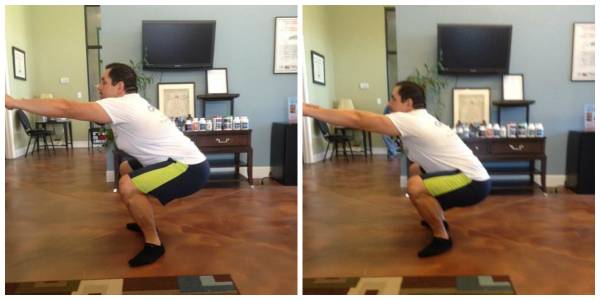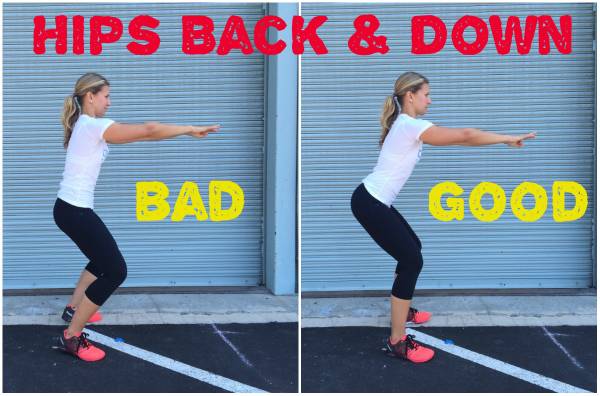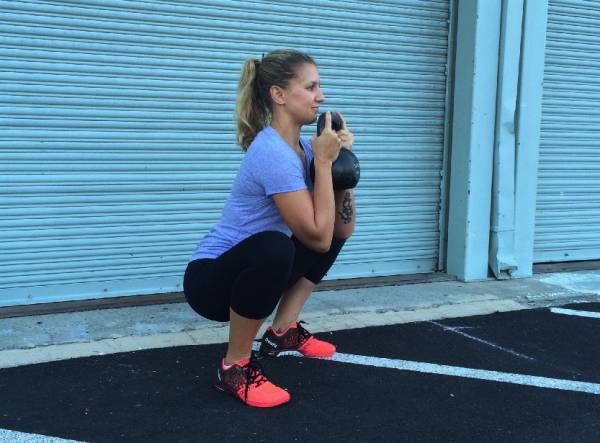One of the most functional movements the body performs is a full squat. When done correctly, a squat strengthens the core, spinal erectors, glutes, hip flexors, hamstrings, and quads. In addition, range of motion improves within the hips and ankles, as well as athletic power for lifting, jumping, and running.
For a yoga practitioner, the main benefit of this functional movement is to create stability and strength within the hip joint itself. Warrior poses and balancing poses become easier as you increase strength within this major joint.
Working on strength will translate into a more sustainable yoga practice.
Why Squats?
Some poses in yoga encourage hypermobility over stability. We’ve all seen those yogis who can contort themselves into deep backbends or extreme hip openers. While their anatomy allows them to continue to dive deeper into these more advanced and challenging postures, most of us don’t have that natural flexibility.
“For a yoga practitioner, the main benefit of this functional movement is to create stability and strength within the hip joint itself.”
This is why, in my opinion, finding the balance between a regular yoga practice and a strength training protocol is your best bet for long term physical health. And learning to squat is the first step.
5 Basic Points of Performance for the Air Squat
- Feet shoulders distance with toes slightly turned out
- Spine neutral, keeping belly in, chest up
- Weight in heels, hips back and down
- Hips below crease of knee
- Drive through heels, knees press out to stand up
Focusing on the cues will help you steer clear of squats that start and look like this:


Three Workouts
Below are three workouts – that can be done at home, at the gym, or outside – to help you incorporate squats into your weekly routine. They require minimal equipment and only about twelve to 45 minutes of your time, depending on which one you choose.
Warm Up:
- 100 Jumping Jacks
- 5 Sun Salutations
- 10 Squats
- 1-Minute Forearm Plank Hold
- 10 Squats
- 5 Sun Salutations
- 100 Jumping Jacks
Workout #1
For Time:
- 50-40-30-20-10 Squat / Sit Up
Do 50 squats, then 50 sit up, then 40 squats, 40 sit ups, etc.
Workout #2
12-Minute AMRAP (as many rounds as possible):
- 12 goblet squats (with weight)
- 30-second plank hold
- 12 back-stepping lunge
To do the goblet squat: Choose a kettlebell or dumbbell weight that is on the lighter side. Hold the weight like a goblet and keep it close to your chest.

Workout #3
3-Mile Run:
- Run 1 Mile – 80% Effort
- Run 1 Mile – Every minute do 10 squats
- Run 1 Mile – 70% Effort
More Like This:
- Increase Strength by Integrating Yoga: 10 Essential Postures for Strength Athletes
- Why Do Athletes Need Yoga?
- Yoga for Strength Athletes: Triangle and Side Angle Poses
- New on Breaking Muscle Today
Photo 1 courtesy of Shutterstock.
Photos 2 and 3 courtesy of Stephanie Ring.






